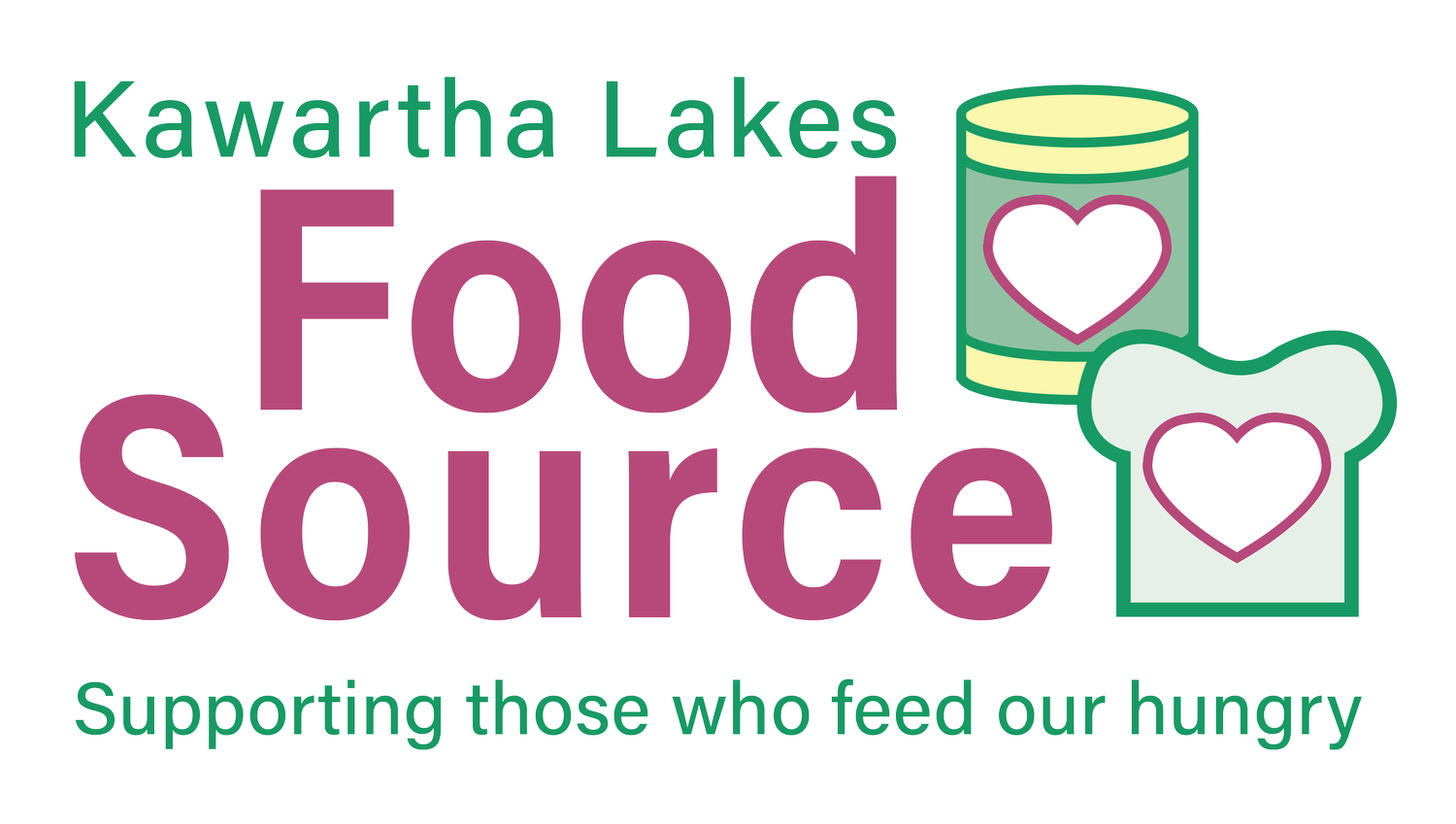KAWARTHA LAKES FOOD SOURCE RESPONSE TO FEED ONTARIO’S THE COST OF POVERTY IN ONTARIO
Poverty costs Ontario somewhere between $27.1 – $33 billion each year. Feed Ontario’s most recent report, The Cost of Poverty in Ontario, offers an explanation as to why and how “poverty reduction is not only possible – it pays off”.
While governments estimate the cost of poverty by calculating dollars spent on programs and services for the poor, this report locates the cost of poverty in the increased health and justice system expenses incurred, and loss of tax revenue and by maintaining people in a state of poverty. Those living on low income experience poorer health for a host of reasons, including inadequate housing, less access to medicine, and less access to quality food. The result? An estimated cost of $3.9 billion to our health care system. In the case of the justice system, it is estimated that poverty costs $1.1 billion annually, as those experiencing poverty are most likely to be both victims of crime and show greater use of court systems. Finally, the opportunity costs of poverty, which refers to the lost personal revenue and resulting losses in tax revenue are estimated to be between $22.1 – $28 billion.
Whereas the dominant approach to estimating the cost of poverty argues that money spent by government on poverty alleviation is money lost, Feed Ontario’s approach clearly establishes that money invested in poverty reduction does not disappear, it recirculates. Among other things, poverty reduction investments improve nutrition and education, and increases spending at local businesses, which leads to decreased health care system costs, decreased crime and justice costs, and increased tax revenue.
A particular part of this report, which hits close to home is the discussion of a pattern of abandoned basic income experiments in both Canada in the US. In 1974, a basic income experiment was launched in Manitoba which brought 1,000 families out of poverty but was cancelled after running for 4 years – the data from which was never analyzed until 30 years later because of fears that the research would be costly. In the 1960s, across several US states, basic income experiments lifted 8,500 people out of poverty and gained support of economists and politicians. However, they could not agree on a strategy and did not move foreword. Recently, the Ontario government prematurely cancelled its basic income pilot project which was to test a growing notion that basic income could provide a new approach to reducing poverty in a sustainable way.
“We need to know much more about poverty reduction investments, but this pattern of prematurely abandoning income support experiments is taking away learning opportunities and does not allow for necessary continued adaptation and refining of approaches to reducing poverty. Failure to commit to poverty reduction research will only continue to cost Ontario in the long run” says Heather Kirby, General Manager of the Kawartha Lakes Food Source.
The Kawartha Lakes Food Source stands by The Cost of Poverty in Ontario, in agreement with Feed Ontario that “In the end, it is impossible for an economy to ‘shrink itself bigger’ … economies can only grow themselves larger by allowing the maximum amount of participation of our population – including those living in poverty.”
For more information, please visit Feed Ontario.

